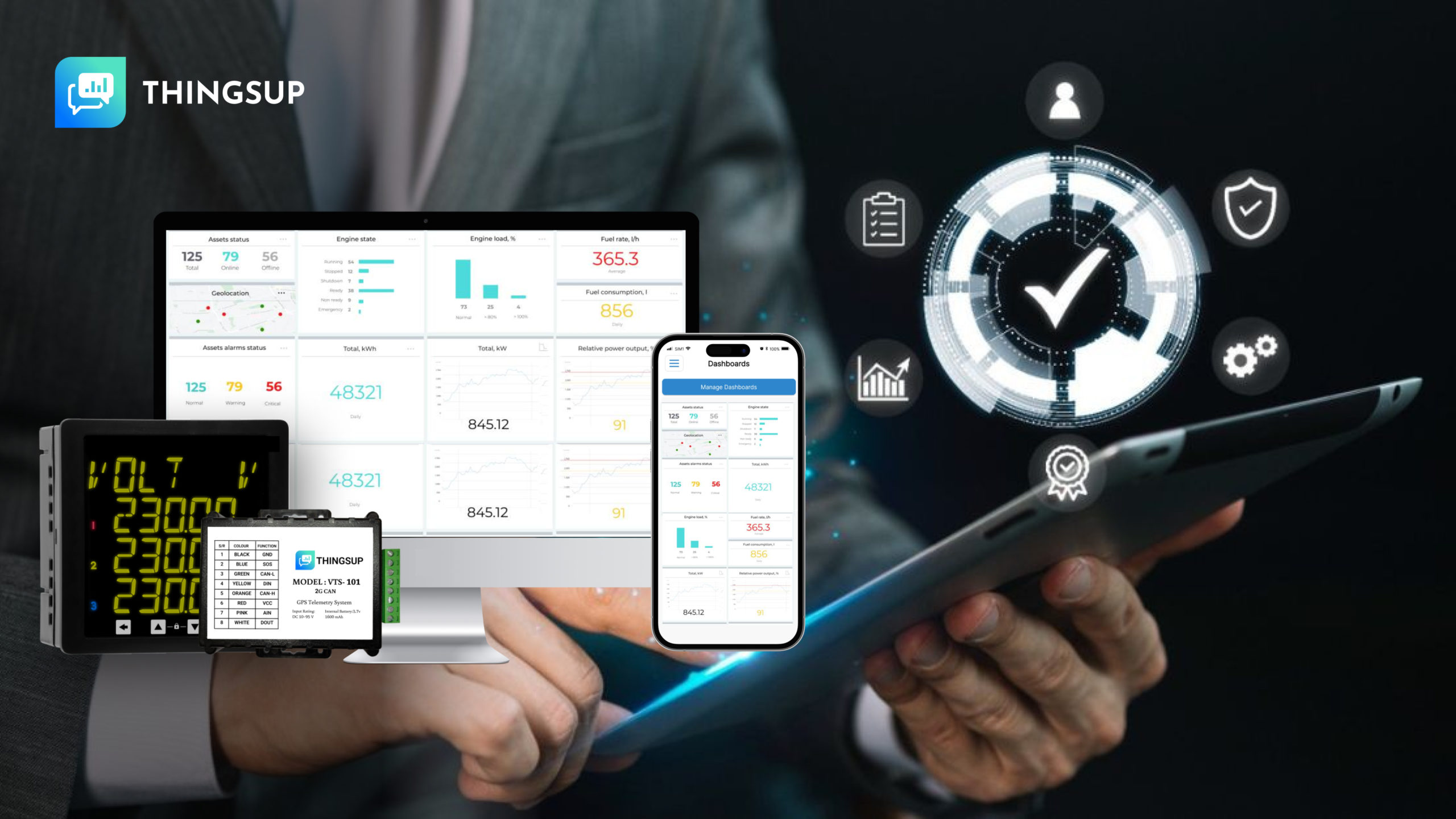Businesses pay maximum attention to energy optimization to cut costs. Since the advent of IoT energy monitoring systems, businesses have found a new way to track their energy consumption. Now, they can easily track, control, and reduce their energy usage.
According to a report, utilizing energy management system can save 15% to 49% of energy. Integrating data analytics with IoT systems enables businesses to make even better decisions.
Data analytics has played a huge role in facilitating energy consumption tracking through IoT. It involves the process of data collection, processing, and analysis to extract meaningful information and make the right decisions.
In this blog, we will discuss how data analytics helps IoT energy monitoring systems work better and more efficiently.
Understanding the IoT Energy Monitoring System
An IoT energy monitoring system is a system that uses IoT technology to connect various devices and sensors across a network. All these connected devices collect real-time data on energy consumption.
This data is useful to monitor energy usage. Business owners or managers analyze this data and make strategies based on areas with high energy consumption and wasted energy. And reduce energy consumption in those areas as per the requirements.
The data collected with the help of IoT is quite vast, ranging from voltage readings to current flow charts. It is also quite complex, including energy usage patterns over time. So, all the data collected is in raw form. Data analytics transforms raw data into actionable insights, enabling optimized energy consumption through strategies based on the collected data.
The Role of Data Analytics in IoT Energy Monitoring
Real-Time Monitoring and Analysis
Integrating data analytics with an energy monitoring system has many benefits. The biggest advantage is getting real-time data analytics. Data analytics directly provides the data received from IoT platform in a usable form, which enables businesses to make instant changes as and when required.
Data analytics is in great demand for businesses that want to make quick changes in their energy consumption.
If, for example, the system notices that a machine is using more energy than normal, data analytics can send out alerts that tell facility managers to investigate the problem immediately and fix it.
Predictive Maintenance
In companies where operations are continuous, there is a high chance of equipment failure. It’s impossible to predict which equipment will break down and when work will potentially be halted in the middle. This is where data analytics proves to be very effective.
The power monitoring system continuously provides information about energy consumption patterns. Data analytics converts raw information into proper charts and designs so that issues can be clearly addressed before they escalate into more significant problems.
Energy Usage Optimization
Saving energy is another important job of an IoT energy monitoring system’s data analytics. Data analysis provides detailed energy consumption patterns. These patterns reveal where energy is being wasted or where workplace inefficiencies exist.
Based on this information, corrective measures can be taken in a timely manner.
For example, the system might suggest that some activities be scheduled for off-peak hours to use less energy. Large companies can reduce energy costs and carbon emissions by carefully planning when and how they use energy.
Anomaly Detection
Data analytics improves the Internet of Things energy monitoring system by making it possible to spot anomalies in a more advanced way. The system continuously analyzes energy consumption data to identify variations from the typical trends. These deviations may indicate problems such as energy leaks, equipment faults, or even potential security breaches.
Detecting anomalies is essential for ensuring energy systems’ continued integrity and effectiveness. Early detection enables a speedy solution, which in turn minimizes the impact on operations and the costs associated with energy consumption.
Strategic Decision-Making
Data analytics combined with IoT can deliver useful information to the business owner. It shows the company’s energy status and displays how energy is being consumed throughout the organization. This information is very useful in strategic decision-making. Using data analytics, leaders can make long-term plans for energy efficiency.
For example, data analytics could show that some processes regularly use more energy than others, leading to an investigation into why this is happening. This knowledge can help owners decide what energy-efficient technologies or practices to buy, saving them a lot of money in the long run.
Potential Applications of IoT Energy Monitoring with Data Analytics
Smart Grids
IoT-enabled smart grids optimize energy distribution by monitoring it in real time. This reduces energy wastage and also brings stability to the grid, which are both very beneficial in the long term.
Industrial Energy Management
IoT sensors can be easily deployed in industrial facilities to monitor energy consumption and identify areas for optimization.
Building Automation
Power monitoring system can integrate with building automation systems to optimize the energy consumed by heating, ventilation, and air conditioning (HVAC) systems.
Smart Cities
IoT energy monitoring system can potentially optimize energy use in urban environments, lowering operating expenses and enhancing sustainability.
Conclusion
Data analytics plays a huge role in improving the effectiveness and functionality of energy monitoring in businesses. Whether it’s real-time energy monitoring or predictive maintenance, data analytics converts raw data into actionable insights that help business managers and owners make strategic decisions.
As every business looks to cut energy consumption costs, the demand for IoT systems and data analytics will also increase. By properly utilizing the power of data analytics, organizations will not only improve their operational efficiency but also achieve advanced cost-cutting.






